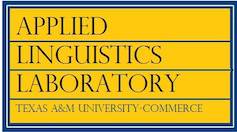Translanguaging practices in CLIL and non-CLIL biology lessons in Switzerland
DOI:
https://doi.org/10.21283/2376905X.9.142Keywords:
TRANSLANGUAGING PRACTICES, TRANSLANGUAGING WITH SOURCE LANGUAGES, BIOLOGY, CONTENT AND LANGUAGE INTEGRATED LEARNING (CLIL), SWITZERLANDAbstract
Studies on translanguaging in Content and Language Integrated Learning (CLIL) programmes have predominately focused on the use of the first language (L1) as a potential resource in CLIL lessons. This article argues that translanguaging practices that involve more than students’ L1 are valuable, even necessary, pedagogies in both CLIL and non-CLIL biology lessons. The qualitative analysis of transcripts from 31 CLIL (English) and non-CLIL (German) biology lessons in Switzerland reveals that translanguaging involving the source languages of the technical vocabulary represents a particularly useful tool for negotiating meaning. Only one of the two instructors who participated in this study engaged in this kind of translanguaging when discussing the semantic content of technical vocabulary. Interestingly, this instructor had more extreme attitudes concerning classroom linguistic behaviour, upholding the need for monolingual (i.e., English-only) practices in his classroom. This observation indicates that teachers’ stances towards translanguaging do not necessarily coincide with their practices.
Downloads
Published
How to Cite
License
Copyright (c) 2018 Aline S. Bieri

This work is licensed under a Creative Commons Attribution 4.0 International License.


